Affiliate links on Android Authority may earn us a commission. Learn more.
CTIA 2015 highlights: phones, drones and Internet of Things
September 18, 2015

The beginning of September saw the Android Authority team head to Germany for this year’s IFA show in Berlin and straight after that, I took to the skies to fly out to Las Vegas for CTIA 2015. Along with a few meetings to check out some really cool products, the trip was my first experience of Las Vegas, so what were my highlights of CTIA? Let’s take a look.
CTIA as a show has been reducing in size over the past few events but with an attendance of 35,000-45,000 people, it’s still quite a large show. Over the past few editions, it’s seen a shift towards a more business- and distributor-focused show meaning the event holds relatively little in the way of consumer products.
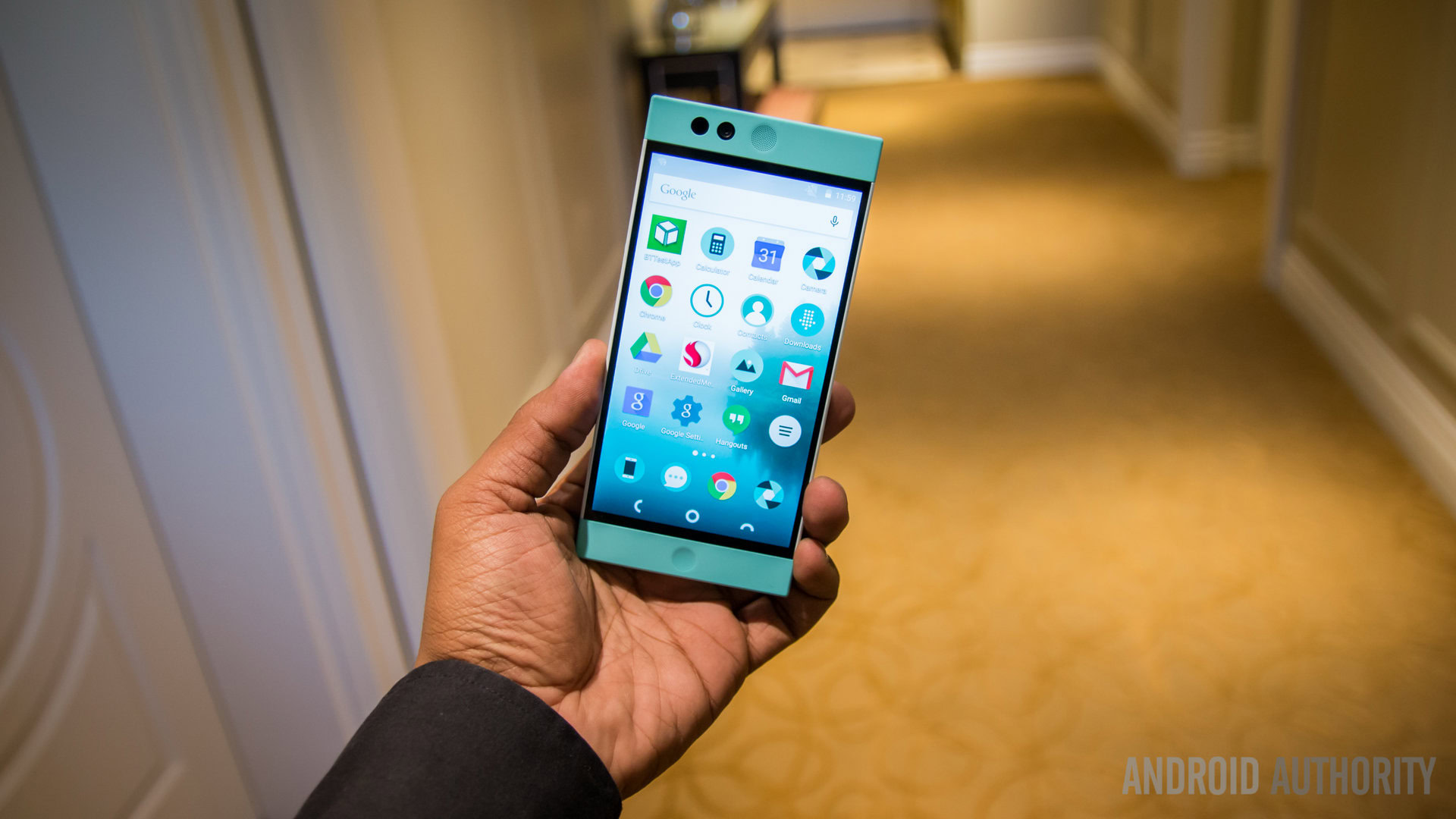
That being said, there were quite a few products we got our hands on, and one of these was the Nextbit. We’ve already covered the cloud-first Nextbit in our full hands-on but to quickly recap, this is a phone that’s generated over $1 million in backing on Kickstarter.
Led by a team that includes Tom Moss – one of the former heads of the original Android team at Google – and Scott Croyle – the former design chief behind the iconic HTC One M7 – the Nextbit Robin has the pedigree to make a difference in the market. The Robin is the company’s first smartphone and certainly has a rather unique cloud-focused proposition that’s different to anything else on the market. For a full look, head over to our Nextbit Robin hands on.
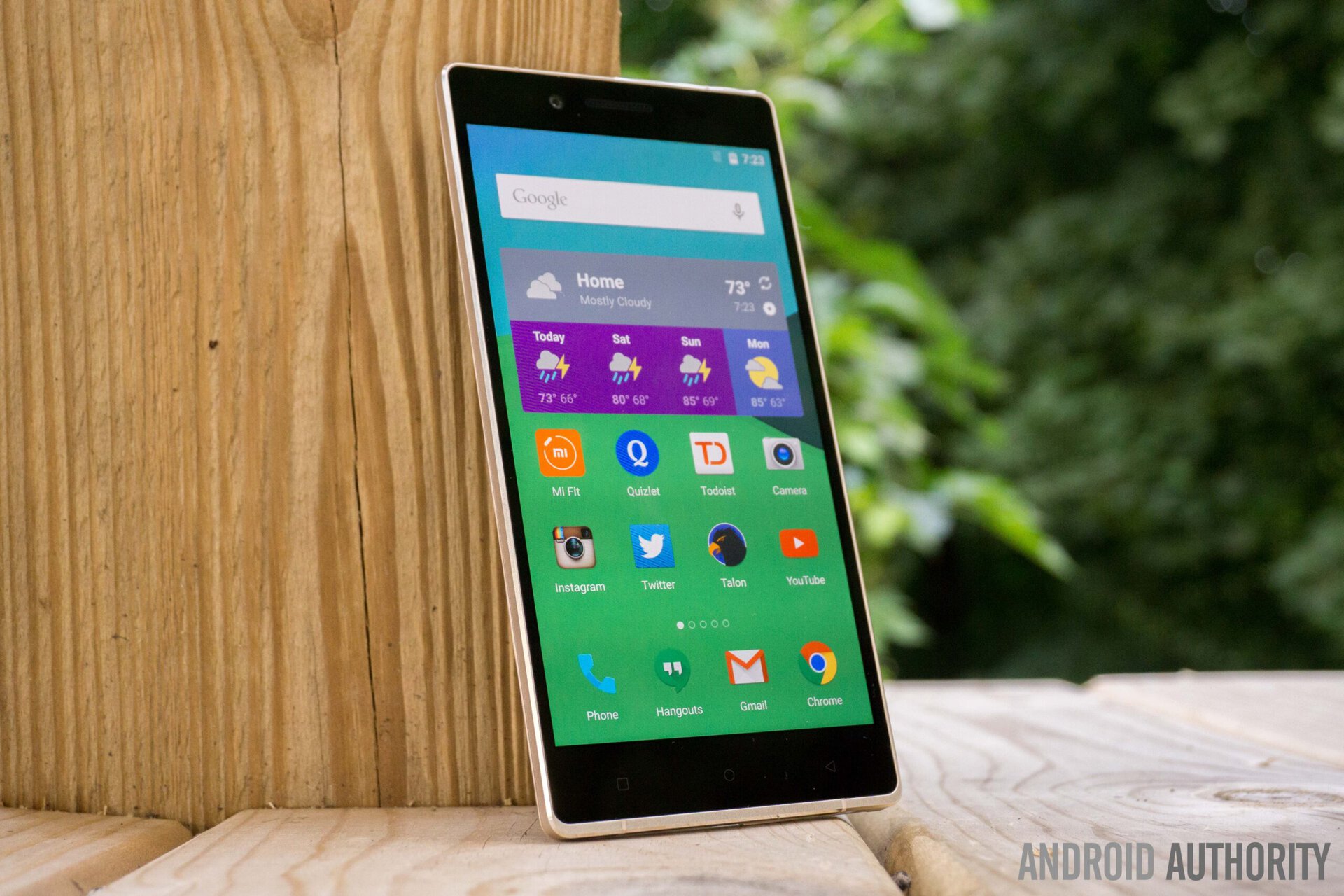
From one phone to another and the BLU Pure XL is definitely a device that stands out from the crowd. I’ve already published my first thoughts on the device but to quickly recap, it is BLU’s best smartphone-to-date and the American manufacturer has certainly packed a lot of punch inside a smartphone that costs just $350 unlocked.
The specs list is vast and includes a 6.0-inch Quad HD Super AMOLED display (which is fantastic), a MediaTek Helio X10 processor, 64GB internal storage, a fingerprint sensor, 3GB RAM and a 24MP rear camera. It offers exceptional value for money and while it’s going up against some incredible competition in the $350 bracket, we wouldn’t write this smartphone off. Head over to our first impressions posts for a closer look at BLU’s new device.
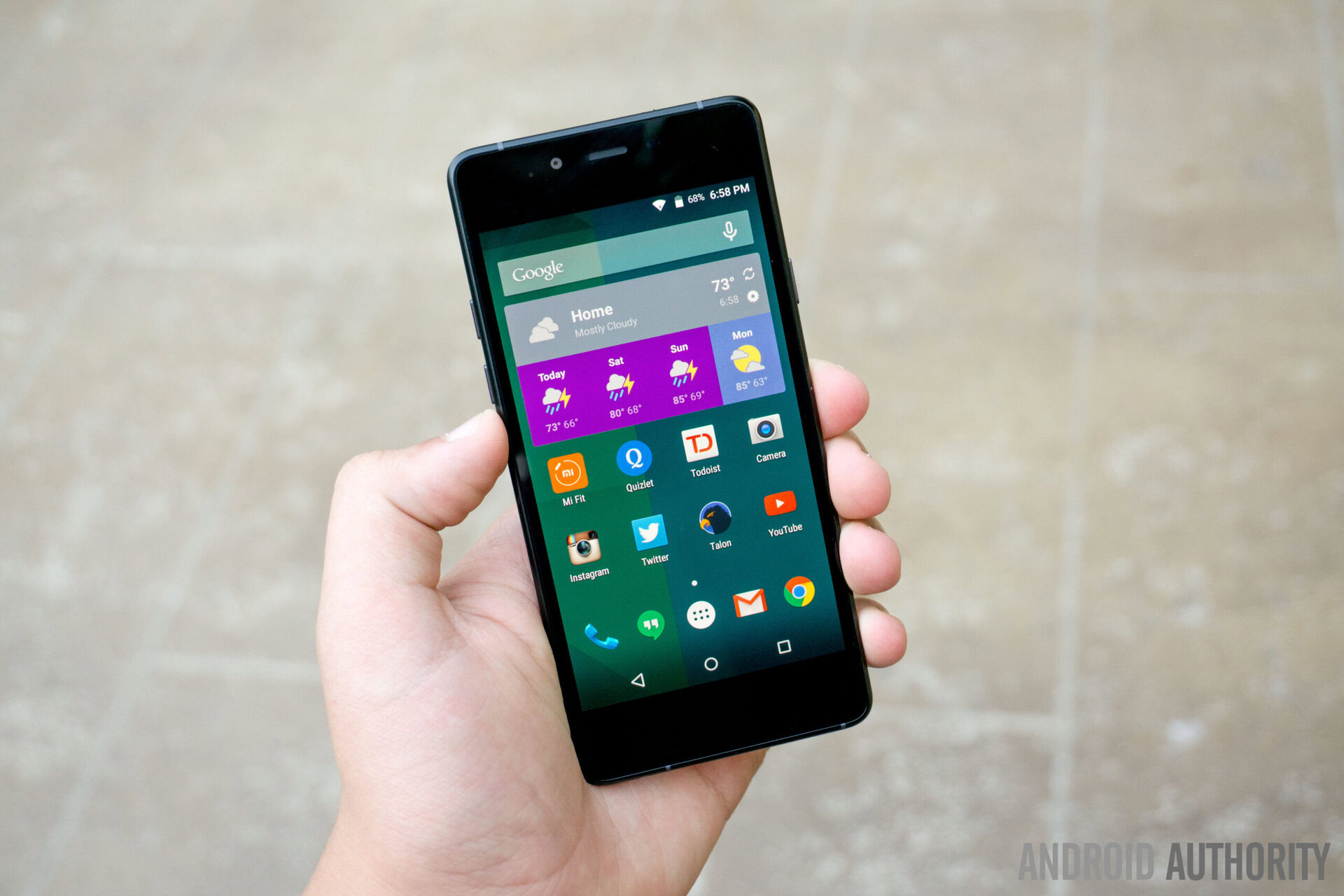
While at BLU’s booth, we also got to check out another really interesting BLU smartphone: the vivo Air LTE, which is the world’s thinnest smartphone. At a cost of $199, it has a decent specs list and it’s more sturdy than it looks. For more info, head over to our impressions post. We’ve got reviews of both of BLU’s devices coming in the next few weeks so stay tuned!
From phones to drones, and a key focus at CTIA was the future bots of the sky. Although there was an entire satellite event dedicated to these winged bots, there were a few on display on the main show floor and the DJI Phantom definitely caught my eye.
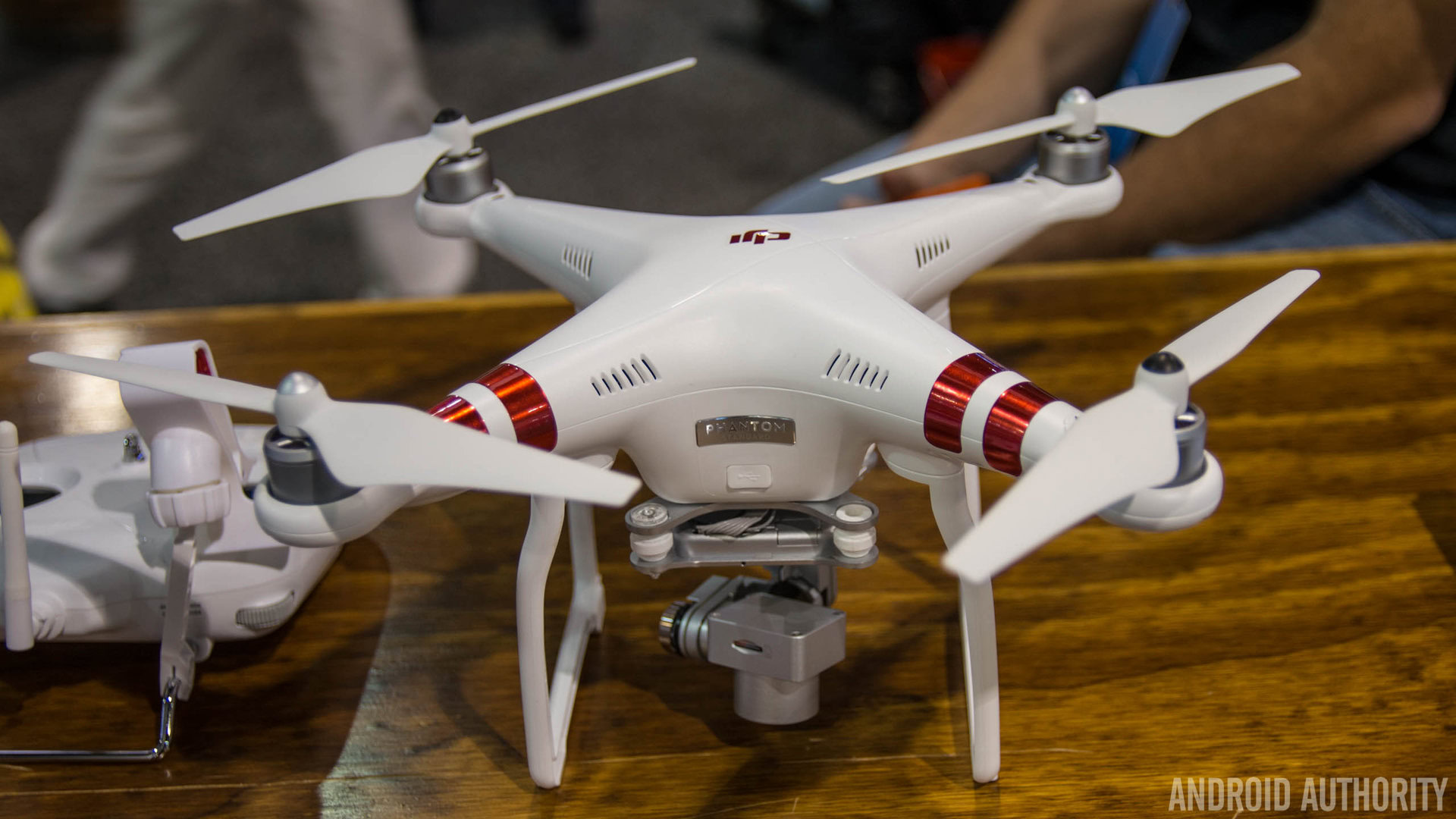
It was announced earlier this year and has a range of features, including easy to use controls and a companion app for iOS and Android. The companion app itself is great as it adds further controls to the drone and once you’ve docked your smartphone into the controller, the app also displays a first person POV feed direct from the 12MP camera, which offers 4K video recording.
At a cost of $700 to $1200, the Phantom is certainly not the cheapest drone on the market but it certainly looks the part, has great handling and seems well built. If I was going to buy a drone, the DJI Phantom would probably get my money (although I’ve not spent time with any of its competitors).
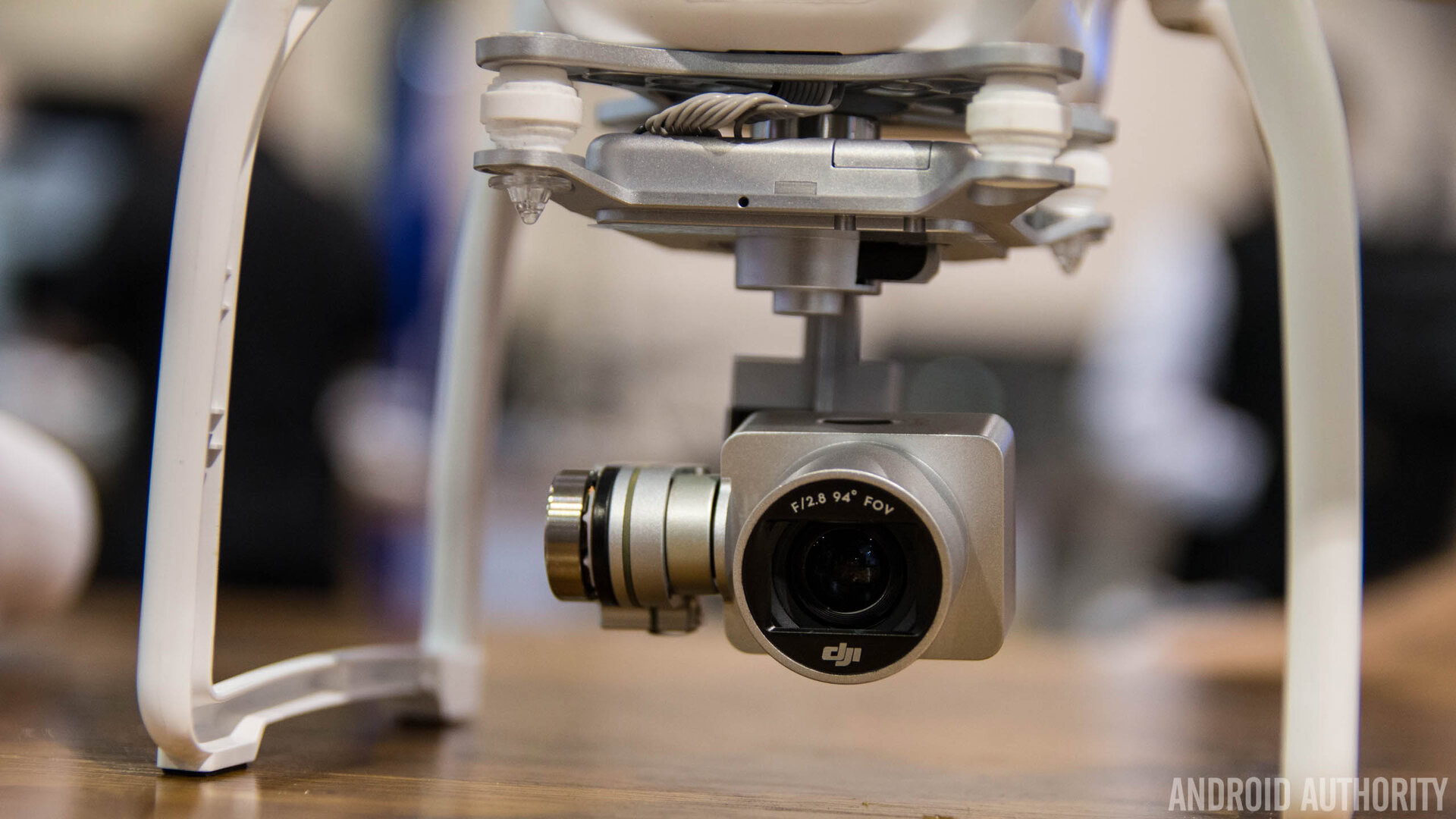
Now to one of the coolest products I came across at CTIA: the connected wheelchair. Developed by the AT&T Foundry in partnership with Permobil (the world’s leading wheelchair maker), the connected wheelchair has a range of sensors that measure everything from seat position and padding to movement and mobility.
The wheelchair comes equipped with a SIM card and uses AT&T Foundry’s IoT technology to display information in an easy-to-use dashboard. The network says that the dashboard can display information for a single wheelchair or all the wheelchairs in a fleet and can segregate data on a need-to-know basis.
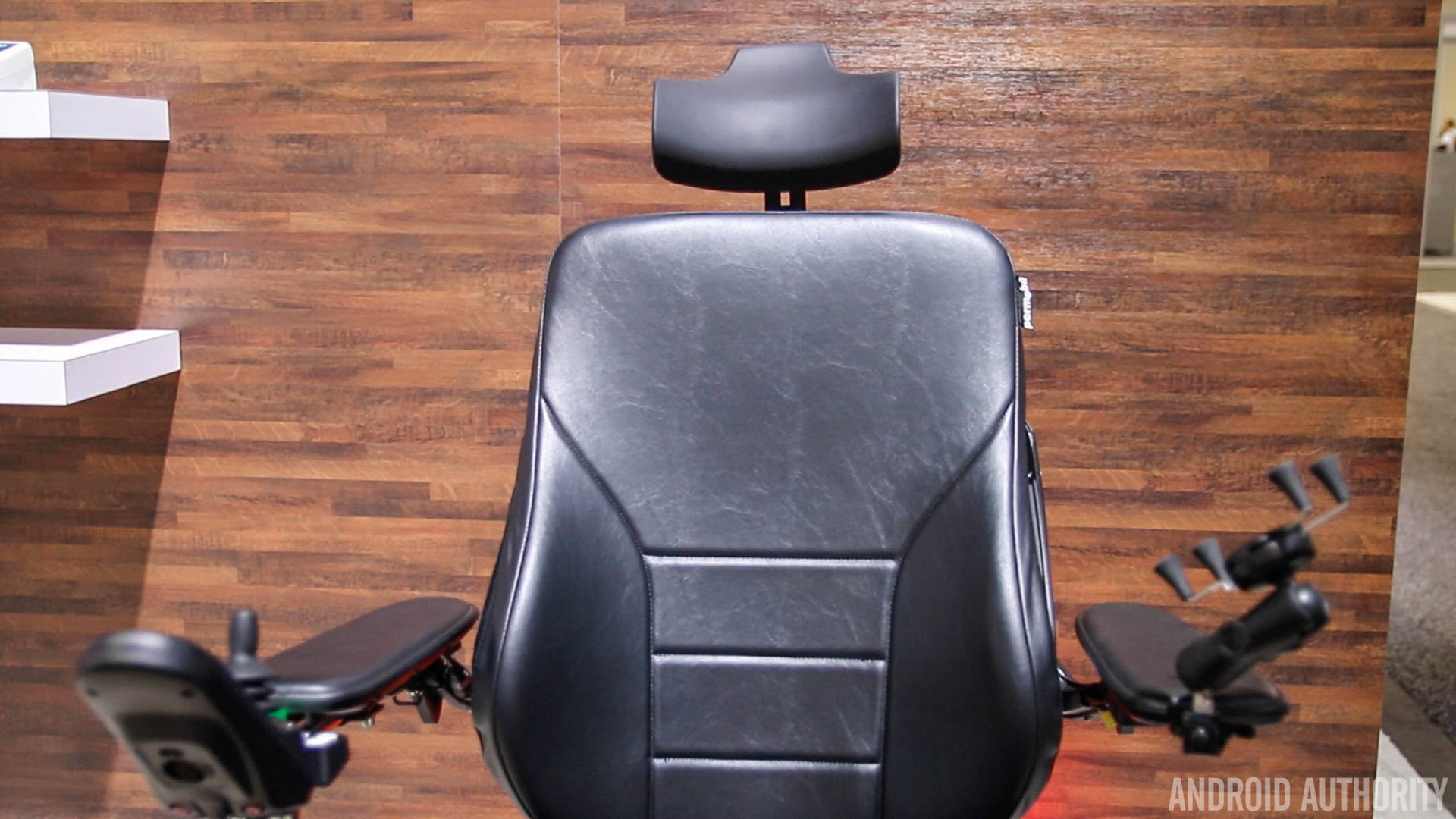
As an example, dealers and maintenance companies can access information like wheelchair battery and repair status (but not patient data), while physicians can access patient data such as amount of movement, seat position (great for diagnosing back pains or ulcers) and padding amount. For physicians, the wheelchair can also send notifications when the user stops moving (e.g. when the wheelchair has run out of battery) and if it topples over, which makes providing care a lot easier.
[related_videos title=”Live at IFA 2015:” align=”left” type=”custom” videos=”641939,640044,639843,639842″]AT&T are also planning to develop a series of wheelchair-focused maps, which – using crowd-sourced data and the company’s own data collection efforts – will mean that users can plot a wheelchair-safe route whenever they want to go somewhere. The long term goal is that the majority of wheelchair users will be using one of these and having seen this in action, I can say that, if I needed a wheelchair, this is definitely one I’d like to have.
So there you have it, a short recap of a few cool products we came across at CTIA 2015 in Las Vegas. The event was certainly interesting but unlike other shows we normally cover, it was less consumer-focused and more designed for businesses and distributors. What did you think of CTIA and the few products we found?